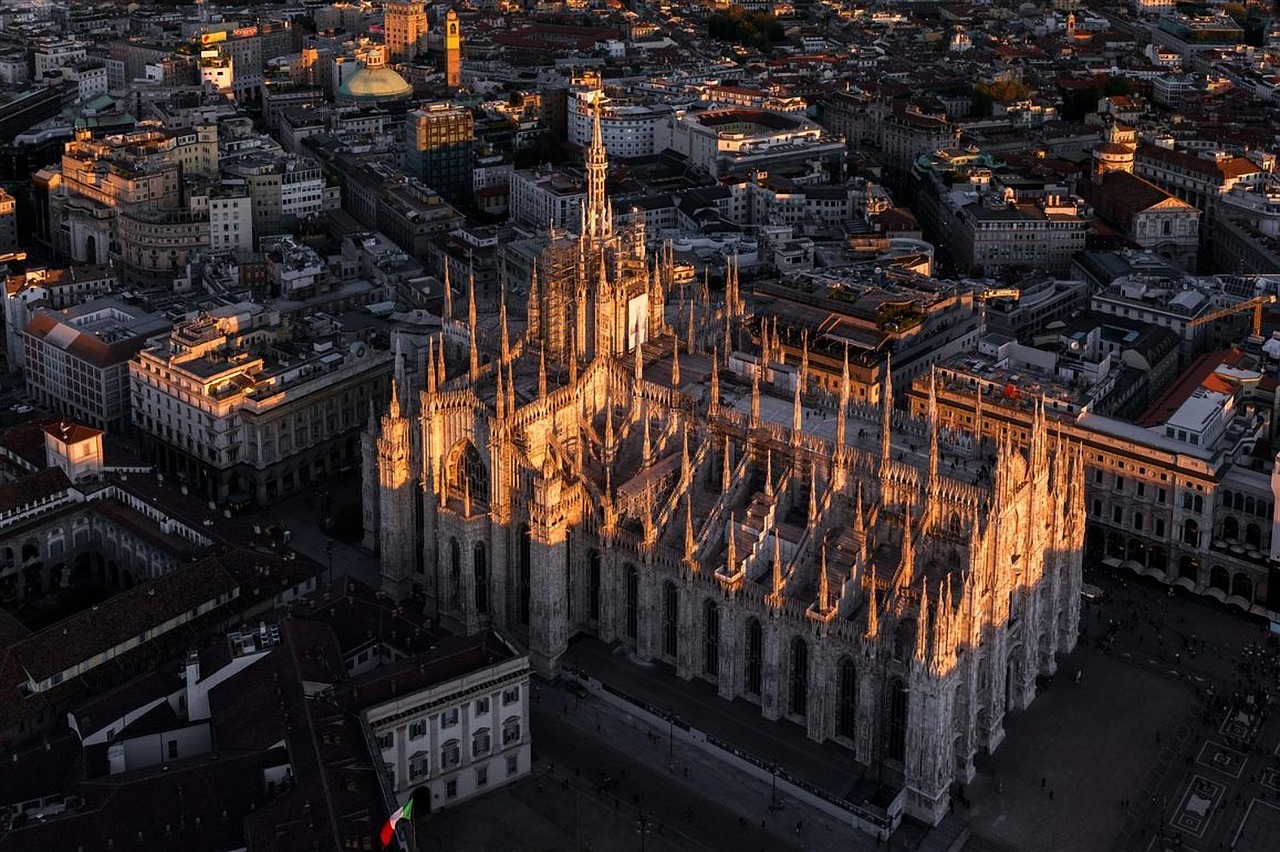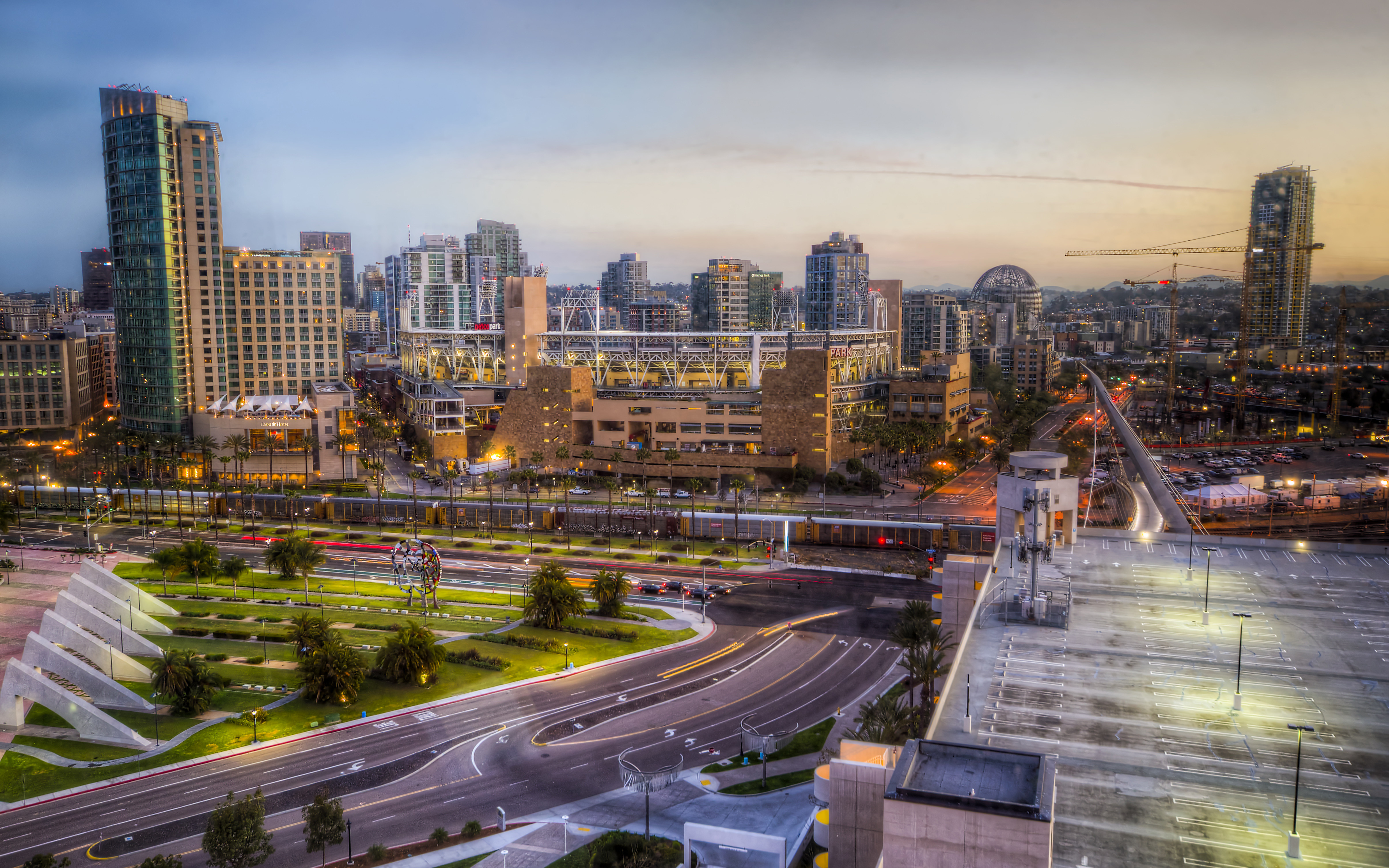Inside the Largest Cathedrals in the world by gathering size

1. Seville Cathedral
Location: Seville, Spain
Gathering capacity: 80,000 standing, or 20,000 seated
The Cathedral of Saint Mary of the See, also known as Seville Cathedral, is an example of cultural and architectural continuity between Islamic Spain and Christian Spain. A capacity of 20,000 makes it the largest Gothic cathedral, and a UNESCO World Heritage site.
Seville Cathedral was built on the location of the Great Mosque of Seville after the Reconquest and retains many elements of its Islamic history. The high altar is also beautiful, and is considered the largest altar in Christendom, and is exquisitely carved with relief scenes from the life of Christ. The tomb of Christopher Columbus adds its historical significance to an already impressive sacred and artistic history.
Traveler Tip: Do take the opportunity to stroll through the adjacent patio known as the Patio de los Naranjos, which was the ablution courtyard in the mosque, which is a unique and tranquil space in the midst of the beautiful cathedral.
2. St. Peter’s Basilica
Location: Vatican City
Gathering capacity: 60,000 standing, or 20,000 seated
St. Peter's Basilica is not only the largest church in the world, but it is also a place that commands respect. Situated in the heart of Vatican City, it is an immense structure and is also a remarkable account of history, making it a place worth visiting whether you are religious or not.
The basilica was built over what is believed to be the burial site of St. Peter, one of Jesus' closest disciples, and took over one hundred years to build. With designers such as Michelangelo and Bernini, one can only expect a treat. Michelangelo's dome is iconic for the Rome skyline, and Bernini's columns on the square provide a welcome that feels warm and inviting, even with thousands of visitors.
When you walk through the basilica, you will find it difficult to stop staring at the marble, the sculptures, the ceilings, and the flooded light pouring through windows from everywhere, with gold on every surface. One of the first things that you will see is Michelangelo's Pietà. It is delicate, beautiful, and somehow quietly emotional among all the other stupendous art, without overwhelming the grandeur of the basilica.
Traveler Tip: Whether you hike the dome or ride part of the way up the elevator, soaking in the views of Vatican City and Rome is a must-have experience.
3. Cathedral Basilica of Our Lady of Aparecida
Location: Aparecida, São Paulo, Brazil
Gathering capacity: 45,000 standing, or 30,000 seated
The architectural marvel of the Basilica of Our Lady of Aparecida is located in Brazil and is capable of hosting up to 45,000 people. It has a unique history to it when two fishermen discovered a tiny statue of the Virgin Mary in the Paraíba River in 1717. Soon after, stories of miracles began to circulate, and it soon became a site of pilgrimage. To accommodate the increasing number of pilgrims, the current basilica was expanded throughout the twentieth century and was officially consecrated during the visit of Pope John-Paul II in 1980.
This structure is modern in the context of other European churches and cathedrals, designed in the shape of a Greek cross, with a contemporary brick-red outside and spacious inside. It succeeds contemporary desires while remaining firmly locked to tradition. It also has a range of cultural and devotional spaces, such as a massive esplanade, a religious museum, a footbridge for pilgrims, and the old basilica close by.
Millions of pilgrims visit Aparecida every year, on the feast day of Our Lady of Aparecida on October 12, when the basilica turns into a living, wonderful, immovable sea of faith, color, and devotion.
Traveler Tip: Travel mid-week for a quieter visit, or on the feast day to capture the full emotional experience of Brazil's national devotion.
4. Cathedral of Milan (Duomo di Milano)
Location: Milan, Italy
Gathering Capacity: 40,000 people
Few buildings can be easily recognized, such as the Duomo di Milano, with its lacy white marble facade, giant spires, and dense forest of statues that are over 3,400 in total. This Gothic cathedral was built in stages spanning a time over nearly six centuries. It is the largest cathedral in Italy and can hold 40,000 worshippers at full capacity.
Its construction began in 1386 under Archbishop Antonio da Saluzzo. However, it wasn't finished until the 20th century. The building is a rich mix of Gothic styles and local Lombard craftsmanship. The tallest spire is topped by the highlight of the cathedral, the Madonnina, a gilded statue of the Virgin Mary that is a symbol of Milan today.
The interior is just as beautiful as the exterior, with stone pillars rising into soaring vaulted ceilings, and the incredibly large stained glass windows throw ethereal light onto the black and white checkered floor. A visit to this unique cathedral would not be complete without heading to the rooftop to wander amongst the flying buttresses and statues while taking in the expansive views of Milan and then the Alps, on clearer days.
Traveler tip: Going to the rooftop in early morning light or late afternoon is best for photography.
Important Links
- Destinations
- About Us
- Blogs
Become A Member
Join the HopDays
community of travelers
© 2024 HopDays. All rights reserved. No part of this site may be reproduced without our written permission.
Important Links
- Destinations
- About Us
- Blogs
Become A Member
Join the HopDays community of travelers
© 2024 HopDays. All rights reserved. No part of this site may be reproduced without our written permission.

